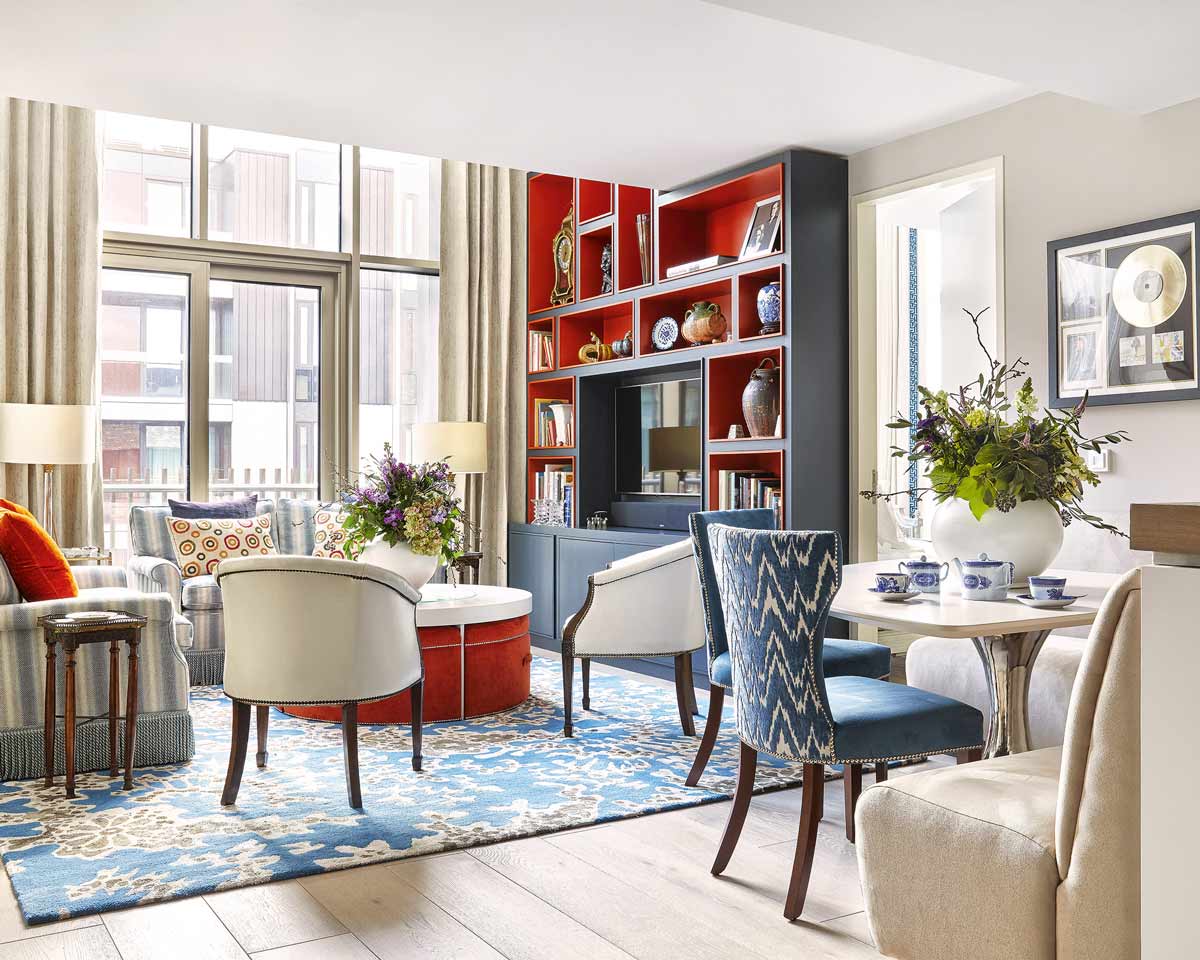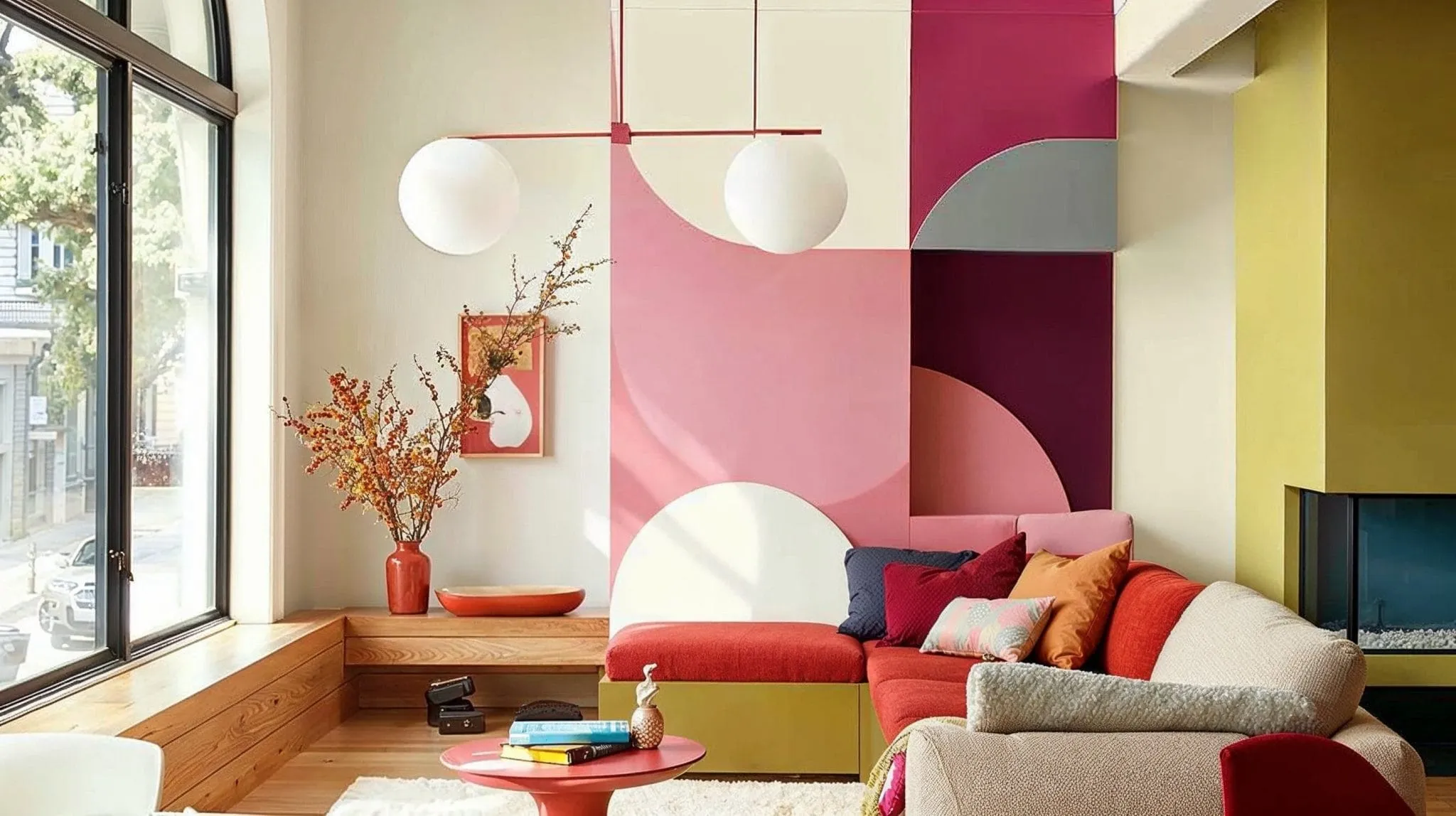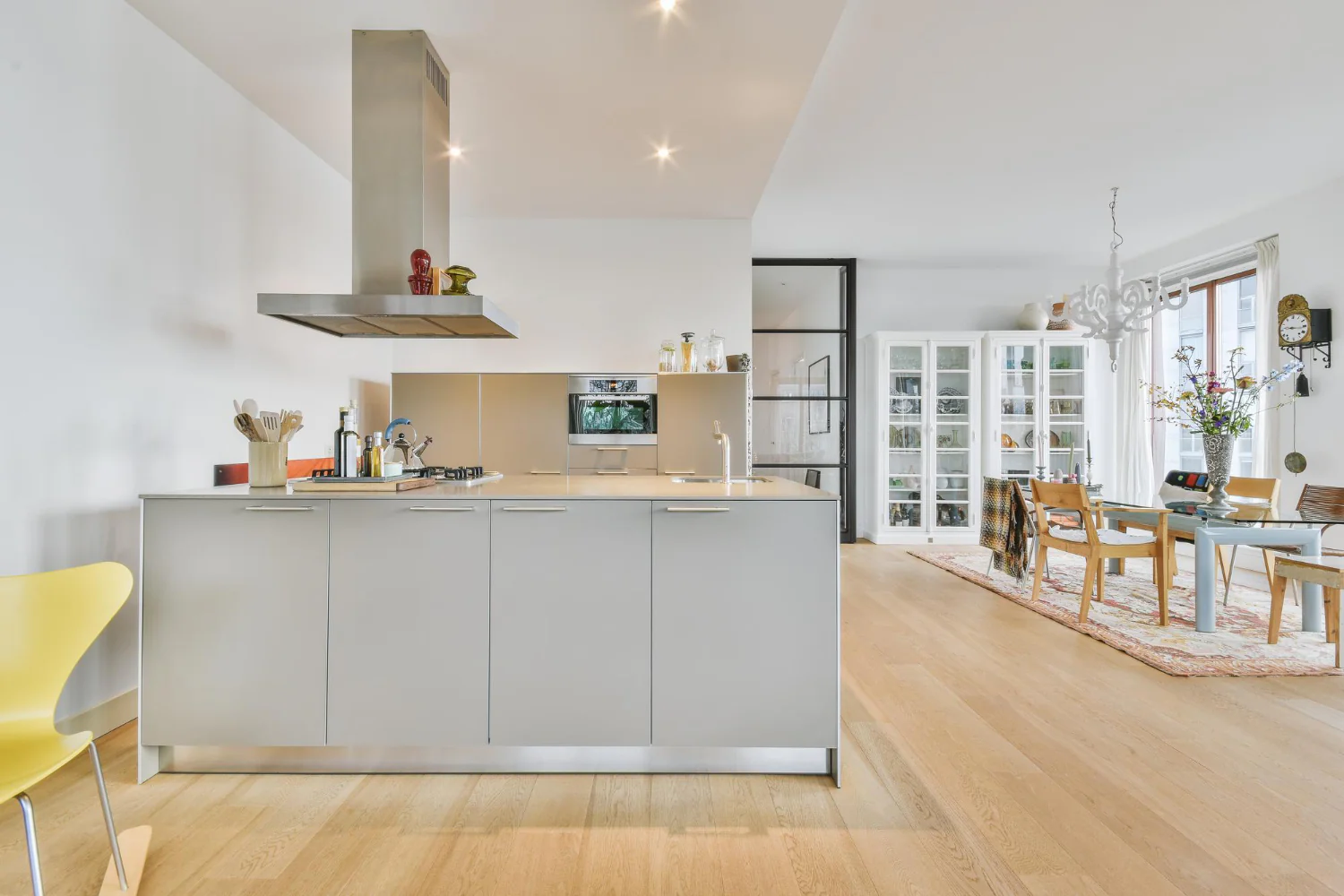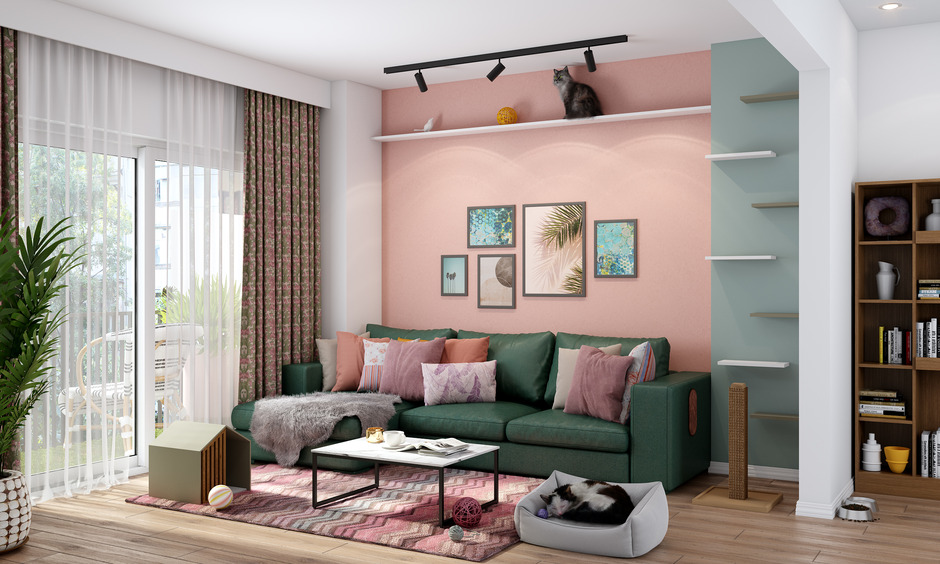Safe & Sound: Modern Security Essentials for Every Home and Enterprise
The Foundation of Protection — Securing Your Space Starts Here
Introduction: Where Style Meets Safety
In a world where the unexpected is increasingly common, protecting your home and business is no longer optional—it’s essential. But here’s the twist: you shouldn’t have to sacrifice style, comfort, or elegance to feel secure. Today, modern security merges seamlessly with your interior design, preserving your lifestyle while fortifying your space. Whether you’re a homeowner looking to keep your family safe or a small business owner protecting years of hard work, the right security choices can enhance both safety and serenity.
This guide is crafted for you, the modern dweller who craves peace of mind and aesthetic harmony. From discrete camera setups to designer door reinforcements, we’re diving into a new era of home and business protection—one where security is sophisticated, streamlined, and stunning.
Let’s build your fortress, without making it look like one.
Section 1: Understanding Security in the Modern Era
✨ What Has Changed Since 2020?
- Rise of Smart Tech: AI-enabled cameras, smart locks, and integrated alarms have replaced old-school deadbolts.
- Design Integration: Homeowners now want sleek security options that blend with architecture and decor.
- Hybrid Threats: From porch pirates to digital hacks, modern threats span physical and cyber realms.
- Insurance Implications: More insurers now require active security measures for lower premiums.
🏠 Why Your Security Strategy Must Be Proactive
A reactive mindset is outdated. Break-ins, cyber-attacks, and even accidental entries can be prevented with layered security. The “set it and forget it” days are over. Today, security should evolve with your routines, smart devices, and family/business habits.

building a perfect home
Section 2: Building the Mindset of Security-Aware Living
🧑🏡 Who Needs to Read This?
- Families with young children or elderly relatives
- Urban homeowners dealing with high foot traffic
- Remote workers storing valuable tech at home
- Boutique business owners handling cash or customer data
- Landlords and Airbnb hosts
⚖️ Balancing Aesthetics & Safety
- Minimalist camera casings that don’t disrupt your decor
- Smart glass options that tint on command to prevent prying eyes
- Concealed motion sensors built into lighting systems
Security doesn’t have to scream “fortress.” The best solutions are invisible until needed.
Section 3: Exterior Defense Begins at the Curb
🌿 Landscaping for Safety
- Trimmed hedges to eliminate hiding spots
- Gravel pathways that alert you with sound
- Lighting that reacts to movement
🚦 Gateways & Driveways
- Reinforced gates with remote access control
- Automatic bollards or collapsible driveway barriers
- Driveway motion detectors integrated with app alerts
🏡 Front Doors that Do More
- Steel-core wooden doors: elegance + defense
- Peephole cameras with 2-way talk
- Smart locks with biometric options

2025-living-room-trends-featuring-bold-colorful-geometric-wall-patterns-designed
Section 4: Securing the Interior — Room by Room
🏊 Bedrooms
- Panic buttons connected to the home hub
- Sound-activated glass break detectors
- Nightstand safes for personal items
🏋️ Offices and Studios
- Cyber-secure routers + physical lockboxes
- Document fire safes
- Encrypted door access (NFC-based)
🎮 Entertainment Areas
- Discreet ceiling cameras
- Motion-based smart lighting
- Sound detection that separates normal noise from suspicious movement
Section 5: Business Property Security Basics
🏢 Retail & Boutique Setups
- Anti-theft tags and exit alarms
- Real-time inventory tracking via RFID
- Panic buttons under counters
🚧 Workshop or Industrial Areas
- CCTV integrated with perimeter sensors
- Employee keycard access with logs
- Incident-response lighting (color-coded alerts)
🏠 Shared Spaces & Co-working Offices
- Guest access via QR codes
- Device-locking stations
- Soundproofing for confidential meetings

Modern-dining-room-with-sculptural-trending-dining-table
Smart Systems, Real Solutions — Strategic Layers of Protection
Section 6: Next-Gen Smart Security Systems for Homes and Enterprises
📡 Smart Surveillance Systems
- AI-powered cameras that detect humans vs. pets
- License plate readers for gated driveways
- Facial recognition with optional cloud storage
🧠 Integrated Alarm Ecosystems
- Central hubs that communicate with doors, lights, and locks
- Systems that auto-disarm when family members arrive
- Integration with Alexa, Google Assistant, and Apple HomeKit
🌍 App-Controlled Everything
- Arm/disarm from anywhere
- Live view with timeline playback
- Remote locking, alerts, and smart speaker responses
Section 7: Comparing the Top 5 Home Security Brands
| Brand | Best For | Key Features | Monthly Cost | Design Aesthetic |
|---|---|---|---|---|
| SimpliSafe | DIY setup | Wireless sensors, mobile control | $17–$28 | Minimalist |
| ADT | Full-service install | 24/7 pro monitoring, smart app | $30–$50 | Traditional |
| Ring | Video doorbells | Amazon Alexa integration, cloud video | $3–$20 | Modern/techie |
| Vivint | Smart homes | AI surveillance, auto-lock doors | $30–$60 | Sleek luxury |
| Abode | Custom plans | No contract, DIY or pro install | $0–$20 | Contemporary |
Section 8: Pro Tips from Industry Experts
🛠️ “Layered security is key,” says James Holden, Lead Consultant at Urban Secure.
“You want visibility, deterrence, and responsiveness. A camera might scare them off, but if it doesn’t—your smart locks and alerts better kick in.”
🧠 Tip #1: Create Security Zones
- Exterior, Transitional, Interior, Digital
🔧 Tip #2: Redundancy Saves
- Have at least two systems in place for access, power, and notifications
📶 Tip #3: Audit Every 6 Months
- Run simulated breaches and update passcodes regularly

Your pool and spa are built—but the real journey begins now. Proper commissioning, balanced water chemistry, and smart automation ensure crystal-clear
Section 9: Mistakes to Avoid at All Costs
- Leaving back doors unmonitored
- Using factory-default passwords
- Over-relying on a single system (e.g., cameras only)
- Forgetting guest or cleaner access schedules
Section 10: Case Study — The Stylish Smart Fortress
Homeowner: Alina Marquez, Interior Designer, Austin, TX
Challenge: High-value furniture + privacy concerns in a downtown loft
Solution:
- Decorative acoustic panels with hidden motion sensors
- Mirror-framed hidden camera by entryway
- Custom smart-lock entry tied to Apple Watch + NFC ring
Results:
- 45% drop in unknown entry attempts (per analytics)
- Enhanced peace of mind without compromising design
“I didn’t want my home looking like a bunker,” says Alina. “Now it feels like a gallery—secure, yet stunning.”
PART 3: Fortify with Finesse — Advanced Protection, Digital Defense, and Total Peace of Mind
Section 11: Digital Security — Guarding Your Connected World
🖥️ Why Cybersecurity Now Equals Physical Security
Modern homes and businesses run on data—from your smart fridge to cloud-based camera storage. One breach can compromise your entire security infrastructure.
Top Vulnerabilities:
-
Weak Wi-Fi passwords
-
Unsecured IoT devices (e.g., smart bulbs, thermostats)
-
Phishing scams targeting homeowners and staff
Best Practices:
-
Use WPA3 Wi-Fi encryption
-
Set up a guest network for visitors and IoT devices
-
Enable 2FA (Two-Factor Authentication) on all apps and hubs
-
Install endpoint antivirus and firewall software
Section 12: Advanced Deterrents for High-Risk Properties
🚨 Beyond the Basics
For homeowners or businesses in high-crime areas or those storing high-value items, these solutions provide elite protection:
-
Fog cannons: Disorient intruders with sudden, dense fog within seconds of breach
-
Audio deterrents: High-frequency alarms inaudible to pets but unbearable to intruders
-
Drone surveillance: Auto-patrol exterior perimeters or respond to motion alerts
-
Bullet-resistant window films: Invisible shielding against forced entries
🔐 Biometrics at Scale
From retina scans to palm-vein access, biometric authentication now offers unparalleled security with minimal effort.
Section 13: Timeline & Cost Breakdown for Full Home/Business Security Setup
| Security Tier | Avg. Install Time | Estimated Cost Range | Best For |
|---|---|---|---|
| Basic (DIY) | 1–2 days | $300–$800 | Apartments, rental homes |
| Mid-Level (Hybrid) | 2–4 days | $1,000–$3,000 | Suburban homes, small offices |
| Advanced (Pro) | 1–2 weeks | $5,000–$15,000+ | Estates, luxury homes, retail |
💡 Tip: Always allocate 10–15% of your budget for ongoing maintenance and software updates.
Section 14: FAQ — What Home & Business Owners Ask Most
Q1. Is professional monitoring worth the cost?
A: If you’re away often or live in high-risk areas—yes. You get 24/7 response and insurance discounts.
Q2. How do I prevent false alarms with pets?
A: Use pet-immune motion sensors and avoid placing them near vents or furniture your pets climb.
Q3. Can smart security systems be hacked?
A: Any connected device is vulnerable, but strong passwords, firewalls, and encrypted signals make it very difficult.
Q4. What’s the most affordable way to start?
A: Begin with smart locks and a camera doorbell. Add layers over time.
Q5. Is security tax-deductible for business?
A: Yes—consult your CPA, especially for surveillance, alarms, and cyber protection.
Section 15: Your Security Audit Checklist
✔️ Entry Points Covered (Doors/Windows/Garage)
✔️ Outdoor Areas Monitored (Yard, Driveway, Alley)
✔️ Smart Lock & Keyless Entry Configured
✔️ Panic Buttons Installed (Home/Workstation)
✔️ App Notification Settings Optimized
✔️ Guest Access Rules Defined
✔️ Router and Network Secured
✔️ Cloud Backup Enabled for Cameras
✔️ Monthly Simulation Drills Scheduled
✔️ Emergency Contacts Updated
📥 Your Free Interactive Checklist
Section 16: Final Thoughts — Style + Safety Can Coexist
Security is no longer a binary of safe vs. beautiful—it’s a harmony of both. The systems you install today should evolve with your lifestyle tomorrow. Whether you’re a minimalist entrepreneur or a family-first homeowner, the tools now exist to protect your world without compromising your taste.
Investing in modern security is more than tech—it’s a lifestyle upgrade. One that rewards you with sleep, trust, safety, and style.
🎬 Watch: “Modern Security for Modern Lives — A Visual Breakdown”
📺


